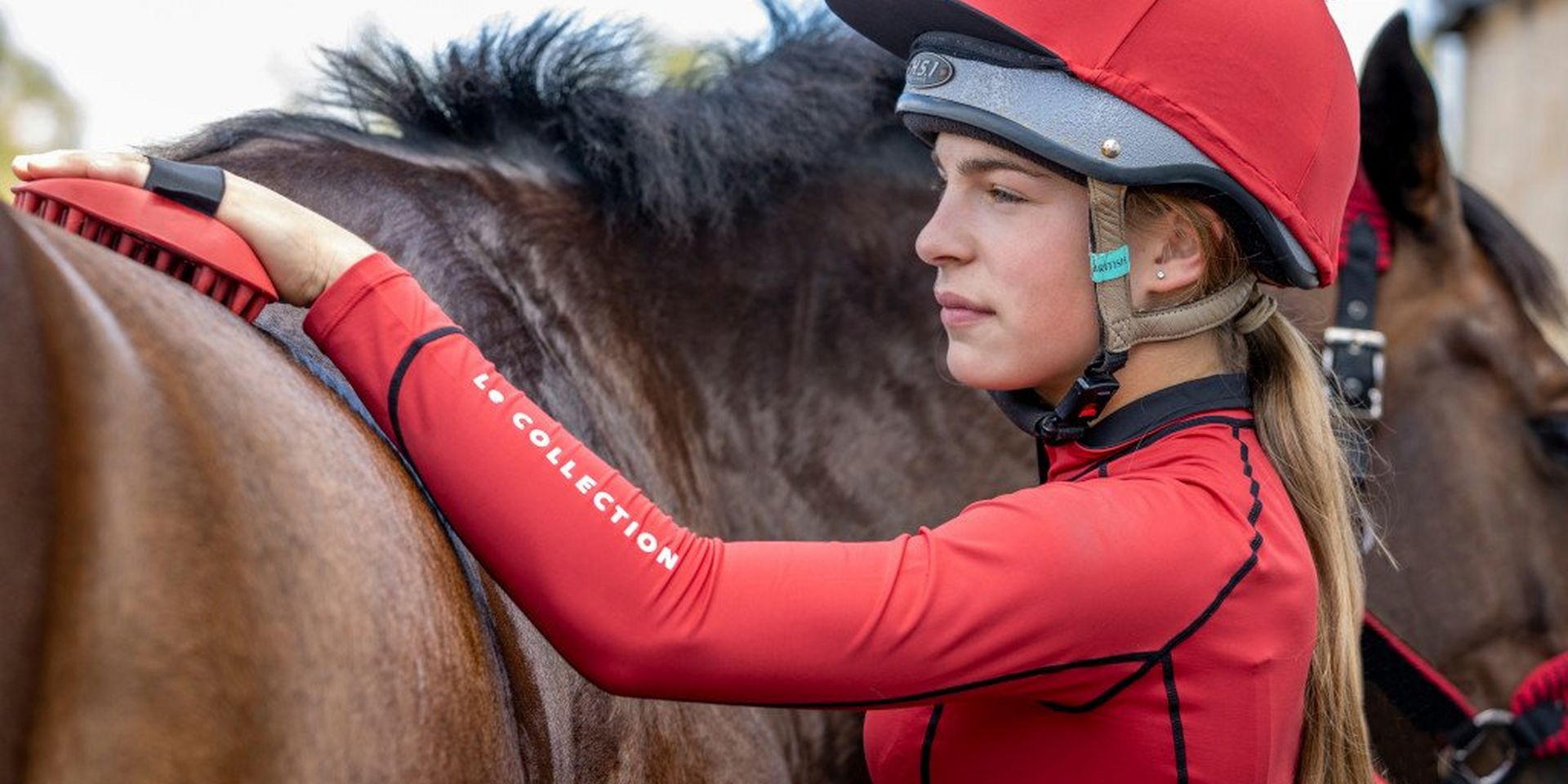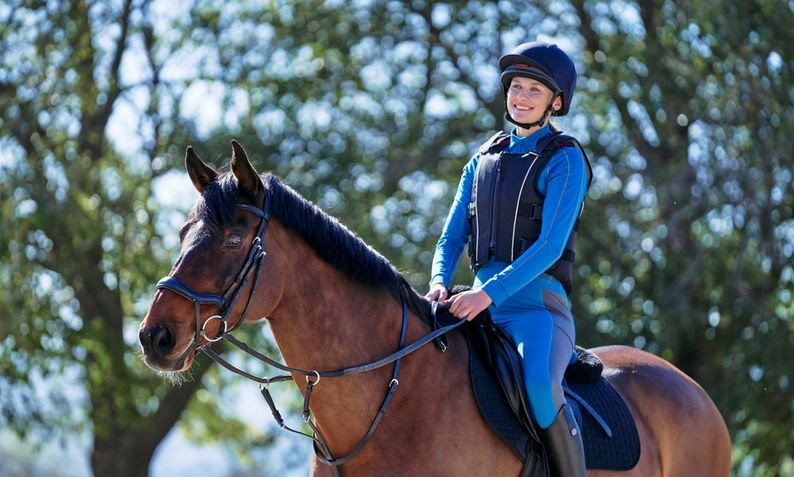
As owners, we know when something’s not right with our horse, don’t we? While this is very often the case, equines are notoriously good at hiding pain and discomfort. Afterall, it’s not so long ago that horses were a wild pray animal, to whom the phrase ‘survival of the fittest’ couldn’t have been more apt! Showing weakness would simply have highlighted any unwell animal as an easy meal for the next passing predator. Because of this, knowing when there’s a problem isn’t always that easy! With this in mind, it’s really important that we’re regularly doing basic health checks on our horses, so we can catch any problems early. Here we’re going to be taking a look at what you can be keeping an eye out for.
Health Checks for Horses
Temperature
Do you know the correct body temperature for a horse? It’s a question we should all know the answer to, but the truth is, many of us simply don’t! Thankfully though, it’s pretty easy to remember, as it’s not too dissimilar from our own. Around 37.5°C is normal, a temperature below this or above 38.5°C is a strong indicator that they’re unwell. We’d recommend taking your horses temperature around once a week. This will allow you to figure out what’s normal for your horse and help you to spot when they’re feeling a little under the weather. To take your horse’s temperature you’ll need a digital thermometer, latex examination gloves, some water based lubricant and an antibacterial wash. Standing at the side of your horse, gently lift their tail, holding their dock away from you. Turn the thermometer on and holding it tightly, insert it into the rectum. Keep the thermometer there until it beeps, then gently remove it. All that’s left to do is take note of your horses temperature, before giving your hands and the thermometer a clean with the antibacterial cleanser.
Heart rate
The next vital sign you can check is your horses resting heart rate. It’s generally accepted that this should be in the range of 28 to 44 beats per minute. It’s worth bearing in mind though that horses are just like us. Your horse’s height, weight, fitness and stress levels will all have an impact upon this. Taking your horse’s pulse can be a bit of a tricky business, so it does require some practice. First thing to remember is that your horse should be relaxed. Avoid times when they’re likely to be stressed or strained such as just after they’ve finished a ride, before their feed or when they’re waiting to go out. The best place to take your horse’s heart rate is there jaw, you can also use the digital pulse but this is best used when checking for lameness, abscesses and laminitis. To locate the pulse, gently press your index and middle fingers against the underside of the jaw, feeling around for the artery. Most horses are rather poor at keeping still, so once you’ve got it and your horse is settled, count the beats for 15s and multiply this by 4.
Breathing
Did you know, a resting horse inhales approximately 5L of air with each breath? Because of this, they only need to take between 8-12 breaths per minute. The easiest way to check your horses breathing is to watch the rise and fall of their ribcage. Each time their ribs rise, this is one breath. Count the number of breaths your horse takes for approximately 15s, then multiply this number by four.
Hooves
One of the first things we all learn as new horse owners is how important it is to check our horse’s hooves, after all, no hoof – no horse! With lots of grooves for stones and debris to become lodged in, cleaning them out is a really important part of keeping your horse sound and comfortable. More than this though, there’s lots of other things we should be keeping an eye out for, including cracks, deep ridges, missing shoes, excessive heat, a strong digital pulse, bruising, foreign objects, thrush and sole sensitivity.
Teeth & Gums
This one might sound odd, and we’re not expecting you to go investing in a full dental kit to examine your horse’s mouth. That being said though, there are some checks that you should be doing. Obviously, it’s a good idea to keep an eye out for any visible signs of damage, including chips, bleeding or even teeth that are missing all together. That’s not all though, signs such as dropping their forage, eating on one side, salivating or choking are all sure-fire indications that it’s time for a visit from the dentist.
When looking at the teeth, we’d also recommend checking the gums. These should be a pink colour, though the shade varies from horse to horse, so it’s important to check regularly to know what’s normal for yours. You can then press down on the gum just above the teeth with your thumb to drain the blood from the area. When you release the pressure, this should take approximately 2s to return. If the area remains white, this can indicate a problem.
We hope you’ve found this information helpful! You’re now fully equipped with a handful of basic health checks that you can perform on your horse to help you spot when they’re feeling a little under the weather! Fingers (and hooves) crossed, your horse will never be feeling sick of sorry, but it’s good to know what to look out for just in case. If your horse is showing signs of ill health, contact the appropriate individual for a professional evaluation as soon as possible.

